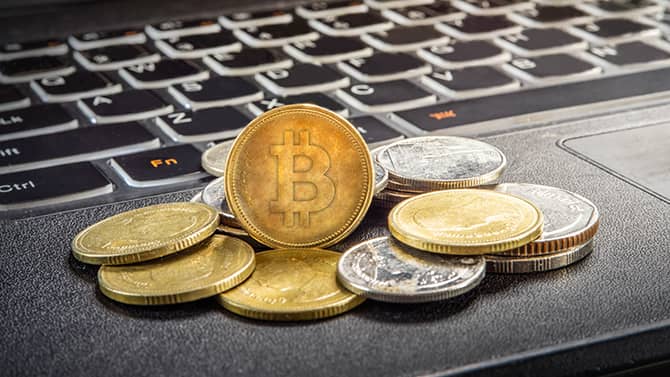A true digital currency is defined as a digital legal currency officially recognized and issued by the central bank, which is linked to physical currency and has stability, security, ease of use and wide acceptance. Unlike cryptocurrencies, true digital currencies are regulated, do not rely on speculation or anonymity, and instead offer a more secure method of digital payments.

Uncovering the real digital currency
Digital currency, an emerging and much-discussed financial field, has gradually integrated into our society. However, not all digital currencies are created equal. Some are considered true digital currencies, while others are classified as cryptocurrencies or other digital assets. So, what is a real digital currency?
Definition: True Digital Currency
A true digital currency is a digital form of fiat currency (such as the U.S. dollar, euro, or yen) that is issued and regulated by a central bank or government agency. It is not based on any blockchain technology and does not require specific software or applications to use.
Features:
The difference with cryptocurrency
Cryptocurrency is a decentralized digital asset based on blockchain technology. They are issued by anonymous individuals or entities, are not regulated by governments, and are highly volatile. Compared to true digital currencies, cryptocurrencies lack legal recognition, centralization, and pegs to physical currencies.
Advantages:
Conclusion:
True digital currencies are digital forms of legal tender, issued and regulated by governments. They offer stability, security, ease of use, and wide acceptance. Unlike blockchain-based cryptocurrencies, true digital currencies do not rely on speculation or anonymity, but instead offer a more secure, regulated method of digital payments.
The above is the detailed content of This article will help you understand what a real digital currency is. For more information, please follow other related articles on the PHP Chinese website!




